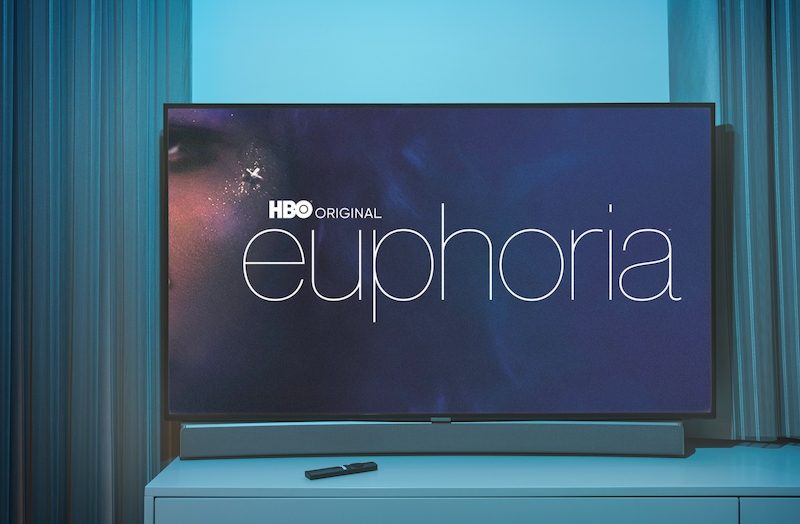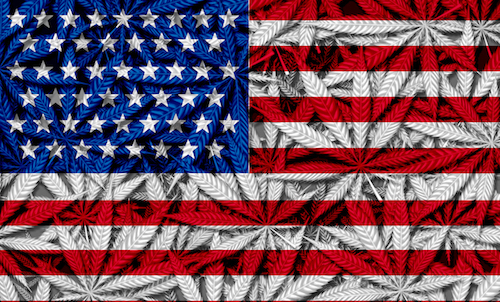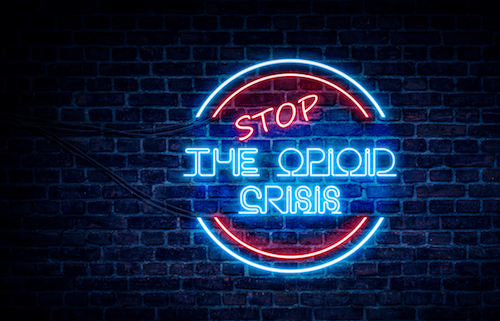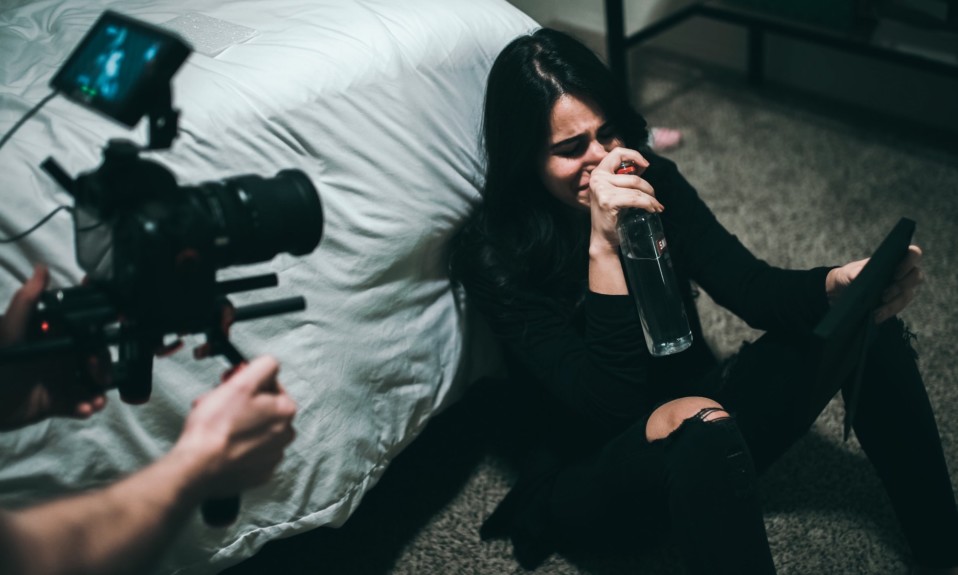Plus: Illicit markets continue to thrive where weed is legal, and a troublesome spike in teens who vape marijuana
By William Wagner
From rehab to self-medication, depictions of drug and alcohol use in films and TV series often miss the mark. In fact, according to a new article in The Conversation, Hollywood has done much to promulgate myths about addiction, treatment and recovery.
In addition to addiction myths, we look at the number of people who still buy weed illegally even though they don’t have to, and the dramatic increase in teen marijuana vaping.
From The Conversation:
Dissecting Hollywood’s Addiction Myths
A lot of what we think to be true about addiction comes from what we see on TV or in films. And that’s not a good thing, contends an article in The Conversation. The piece breaks down “eight common myths about drugs” in entertainment, including TV shows like Euphoria and Cobra Kai and movies like Rush and Trainspotting:
- Rehab goes for 28 days: “The 28-day program, popular in the United States, actually has nothing to do with the optimum treatment period.”
- Rehab is a luxury retreat: “There is no evidence the more you pay the better your success in treatment.”
- Once an addict, always an addict: “The idea that alcohol and other drug use is an incurable disease comes from 12-Step programs.”
- Recovery only comes after rock bottom: “[I]t’s impossible to know what ‘rock bottom’ is for any one individual.”
- Tough love works: “There might be good intention behind tough love, but not only does it not work, it often makes things worse.”
- Addiction happens after one use: “It’s impossible to become dependent after a single use of any drug.”
- All drug use is to self-medicate: “Most people use alcohol or other drugs because it makes them feel good and is fun.”
- Interventions help: “Confronting a person is likely to make them feel embarrassment and shame, both key barriers to entering treatment.”
Addiction and recovery are far more nuanced than Hollywood often leads us to believe. So, take what you view on the big or small screen with a grain of salt.
From the Journal of Studies on Alcohol and Drugs:
Choosing Illegal Over Legal Cannabis
Legal weed, it seems, doesn’t necessarily do away with illicit drug markets. Researchers from the University of Waterloo in Canada found that lower prices and, to a lesser degree, convenience continue to drive consumers to purchase marijuana illegally in areas where the drug is legal.
The research group analyzed data from 16- to 65-year-olds in the 2019 and 2020 International Cannabis Policy Study. Among participants of the study in both the U.S. and Canada, “Legal sources had higher prices” was the top answer each year (35.9% in 2019 and 34.6% in 2020 in Canada; 27.3% and 26.7% in the U.S.) as to why people bought marijuana from non-legal as opposed to legal sources.
With the rate of marijuana legalization rapidly increasing, the researchers saw a need to get to the bottom of purchasing habits. “Cannabis legalization is one of the most notable substance use policies in several decades,” says David Hammond, PhD, a co-author of the study. “Transitioning consumers from illegal to legal retail sources is a primary goal of legalization. Indeed, many of the potential benefits of legalization—including product standards, revenue for legitimate businesses, reducing burden on the criminal justice system—depend upon shifting consumers to legal cannabis sources. Given the importance of this issue, there is surprisingly little empirical evidence on the factors that determine where consumers source their products in a legal market.”
From Addiction:
Teen Weed Vaping Rises Sharply
Researchers from Columbia University say vaping is becoming teenagers’ go-to way to consume marijuana. In a newly published study, the percentage of teens who reported vaping weed “frequently” (once a week or more) shot up from 2.1% to 5.4% from 2017 to 2019—this while overall marijuana use in the age group rose only slightly during the same period (13.9% to 15.4%).
“[A]n increasing national trend of frequent cannabis use with vaping among adolescents may signal future increases in harms associated with cannabis.”
—study in Addiction
It’s a troublesome finding, as vaping is considered to be a more dangerous delivery system because of the elevated levels of THC (the chemical in weed that gets you high). “[A]n increasing national trend of frequent cannabis use with vaping among adolescents may signal future increases in harms associated with cannabis,” the study’s authors write. “These risks arise from the greater efficiency of vaping as a THC delivery device, high association of its use with other products that are known to be harmful to health and observations that heavy and prolonged periods of cannabis use increase the risk of cannabis use disorder as well as other adverse health outcomes.”
Photo: Shutterstock














